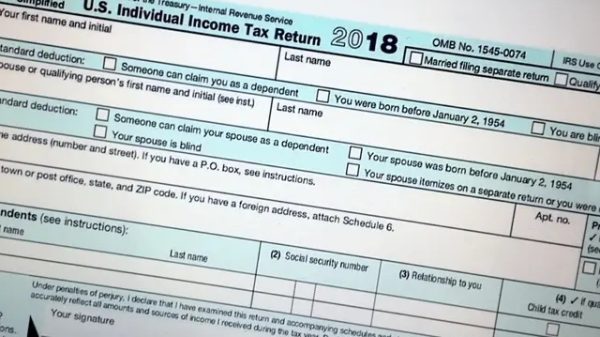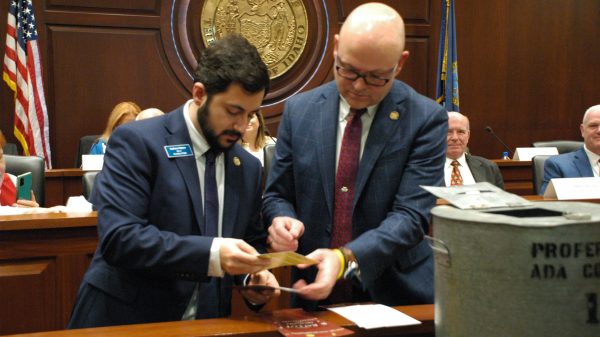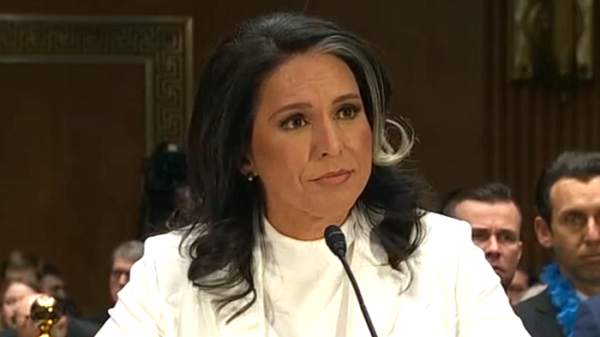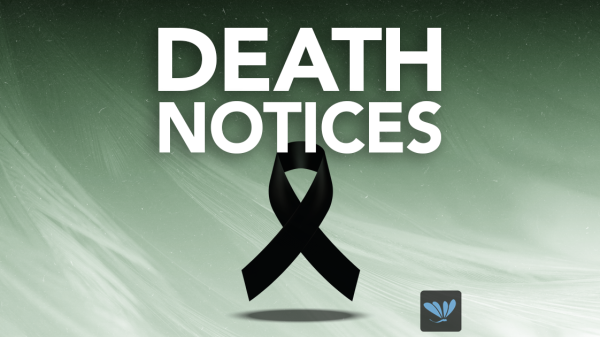(Washington D.C.), Republicans have reintroduced bills to address the fentanyl crisis. The bills would increase criminal penalties and permanently add controlled substance classifications for fentanyl and its analogues.
U.S. Sen. John Kennedy, R-La., reintroduced the Fairness in Fentanyl Sentencing Act to lower the threshold required for mandatory minimum sentencing for fentanyl possession.
“The sentencing rules for fentanyl don’t reflect the drug’s extreme deadliness. My bill would stop treating the ghouls who deal fentanyl with kid gloves and start using fair and realistic sentencing rules,” he said.
The bill seeks to amend the Controlled Substances Act and the Controlled Substances Import and Export Act to increase penalties for fentanyl offenses.
Currently, mandatory minimum prison sentencing for fentanyl is five years for 40 grams of fentanyl possession and 10 years for 400 grams or more. Possession of a fentanyl analogue carries a 5-year prison sentence for 10 grams and 10-year minimum sentence for 100 grams.
The bill would reduce the thresholds for both categories. For the 10-year minimum prison sentence, the minimum fentanyl possession amount is reduced from 400 grams to 20 grams and for fentanyl analogue possession from 100 grams to five grams.
For a five-year minimum prison sentence, the minimum fentanyl possession amount is reduced from 40 grams to two grams and fentanyl analogue possession from 10 grams to 0.5 grams, according to the bill language.
Two grams of fentanyl is considered a lethal dose.
The bill also would allocate $9 million to increase the number of chemical screening devices available to the U.S. Postal Service to interdict fentanyl and other synthetic opioids and ensure enough personnel are assigned to interpret the data.
Kennedy previously introduced the bill in 2023, but it went nowhere in the Democratic-controlled Senate.
Under the Biden administration, fentanyl poured through the southwest border from Mexico, where cartels use precursors from China to manufacture it and traffic it across the border. Under the Biden administration, fentanyl became the leading cause of death among Americans between the ages of 18 and 45.
U.S. Customs and Border Protection officers in fiscal 2024 alone seized 21,889 pounds of fentanyl, enough to kill more than 4.9 billion people. Texas law enforcement officials in four years seized enough fentanyl to kill the entire populations of the U.S., Canada and Mexico combined, The Center Square reported.
Republicans also introduced the HALT Fentanyl Act to permanently list fentanyl-related substances as Schedule I substances. U.S. Sen. Bill Cassidy, R-La., filed the bill in the U.S. Senate; Reps. Morgan Griffith, R-VA, and Bob Latta, R-OH, filed the bill in the House.
The bill amends the Controlled Substances Act to permanently include fentanyl and fentanyl-related substances as a Schedule I drug. The U.S. Drug Enforcement Administration classifies drugs, substances and certain chemicals into five schedules. Schedule I has the highest potential for abuse. The bill also clarifies that mandatory minimum penalties that apply to fentanyl also apply to fentanyl-related substances.
Although fentanyl is a scheduled substance, cartels often cut fentanyl with other precursors that have similar dangerous effects but aren’t controlled substances. To address the new phenomenon and expanding crisis, the DEA temporarily classified fentanyl-related substances as Schedule I under the Controlled Substances Act. This classification ends March 31, unless Congress acts.
The bill passed the U.S. House by a vote of 312 to 108.
U.S. Rep. August Pfluger, R-TX, also reintroduced the bipartisan, bicameral Combating Illicit Xylazine Act to list xylazine as a Schedule III controlled substance. Xylazine, also known as “tranq,” is a veterinary tranquilizer illegally used as a cutting agent for fentanyl. In 2023, the DEA issued a public alert about fentanyl mixed with tranq, The Center Square reported.
The bill would amend the Controlled Substances Act to list xylazine as Schedule III. It includes clarifying language to protect veterinarians, farmers and ranchers who use it for large animals, directs the DEA to track its manufacturing and includes reporting requirements.
The bill previously passed the House with overwhelming bipartisan support and went nowhere in the Democratic-controlled Senate. U.S. Sens. Catherine Cortez Masto, D-NV, and Chuck Grassley, R-IA, filed the companion bill in the Senate.
With Republican majorities in Congress, the bills are expected to pass and be signed into law by President Donald Trump.






















































